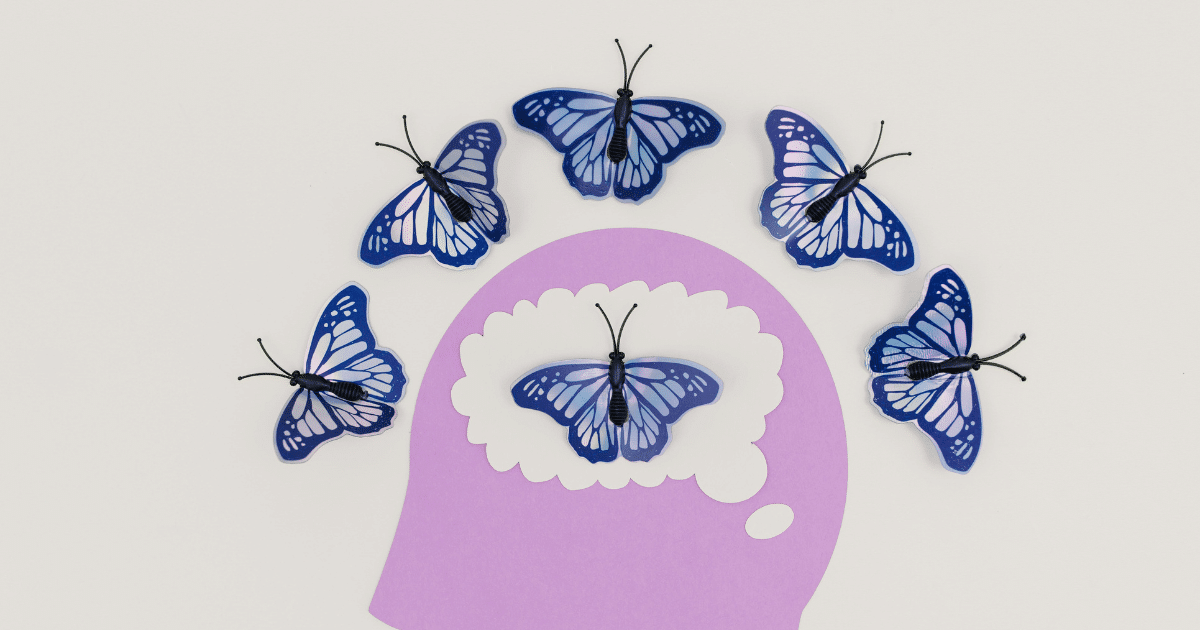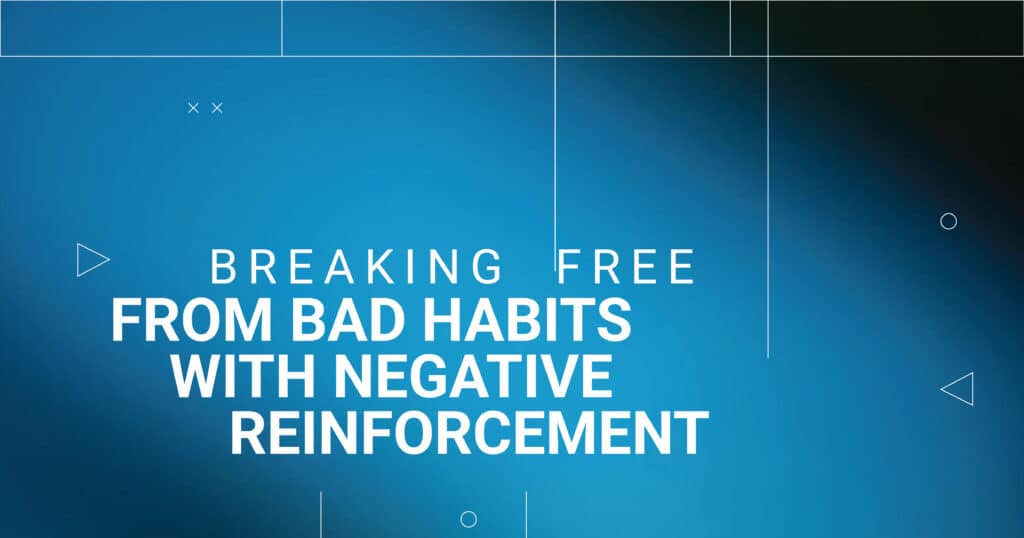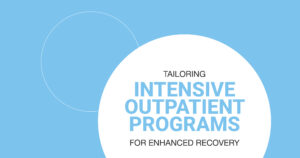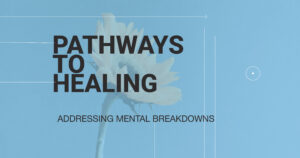Whether you want to change your own behavioral patterns, figure out how to motivate other people around you to act better, or are looking for a way to get rid of harmful habits that do not let you be the best version of yourself, you should try negative reinforcement. Despite the name, it has endless benefits and can be implemented by any person who is trying to make a meaningful change in their life for their own sake and for the sake of others.
In this article we will discover the meaning of negative reinforcement, take a look at real-life examples of negative reinforcement in action, and explore the ways this method helps people seeking mental health support.
The Basics of Negative Reinforcement
Negative reinforcement means encouraging and strengthening a specific behavioral pattern with the help of taking away, stopping, or avoiding a negative outcome or an unwanted stimulus. Instead of punishing the person with an aversive stimulus, this form of reinforcement takes away something the individual would not like – this way, the behavior that must be eliminated will not repeat in the future. It can be a long-term solution for a person who needs to change their behavioral patterns as well as a short-term strategy when a particularly bad habit is a major obstacle or distraction.
How Negative Reinforcement Differs from Positive Reinforcement
Even if you have never heard of negative reinforcement before, positive reinforcement must be a familiar concept. Instead of adding an adverse stimulus, positive reinforcement adds a positive one after a specific behavior is performed – this encourages the person and even inspires them to continue to act in a similar vein after they learn that their behavior can add something positive to their life.
Identifying Your Bad Habits and Triggers
When it comes to mental health issues, substance use, and addiction or alcohol and drugs, an individual who is struggling to get their life back on track rarely can recognize which behavioral patterns are incorrect – they certainly would not know where to begin to challenge themselves and get rid of behaviors that ruin their life. Still, you can monitor your emotions and actions for a few weeks and see what causes you to be less productive, what causes severe exhaustion, and what feels uncomfortable to bring up in a conversation with someone else.
The best way to figure out what words and actions of yours do not let you lead the life you deserve is to reach out to the people you trust and ask them what habits you should break. Alternatively, you can talk to a therapist whether you have been working with a counselor for a while or this is your first one-on-one appointment with a mental health specialist – together you can come up with a strategy to break bad habits after learning what they are.
Implementing Negative Reinforcement in Daily Life
Behavior modification with the assistance of negative reinforcement can go a long way, especially if you are looking for a reliable method to reset various areas of your life. Here is what you can do to incorporate negative reinforcement into your daily routine and utilize it in your personal and professional life:
| Advice | Description |
| Avoid Criticism | If you want to make sure your partner does their chores in the household, do not complain about the obligations in question – in case they know you will express your grievances to them, you should avoid complaining so that the chores are done |
| Cancel a Work Task | If you are in charge of several subordinates, you can reward their accomplishments and give them a break, provided that they fulfill their responsibilities on time or ahead of time – for example, you can cancel the meeting or conference you planned earlier |
| Terminate a Workout Session | If you are overseeing someone’s physical activity, you should encourage them to exercise more regularly – this has more health benefits. By cancelling a specific exercise, you will motivate the person to adopt the habit of working out consistently |
| End a Class | If you are teaching someone and you would like them to pay more attention to the subject matter, let them leave earlier after they start writing down the things you are saying – this will let the students know you are encouraging note-taking |
Tips for Maintaining Progress and Avoiding Relapse

As you learn to live a life without bad habits that complicate your daily functioning, the road is not always easy – the progress is rarely linear as well. So, let us discover what can be done to ensure you break the cycle:
| Advice | Description |
| Find Motivation | It can be helpful to understand why a certain bad habit is bad for you. Try to focus on your own sensations and feelings instead of looking for negativity you bring to others – you must be inspired to alter your behavior for your own growth and development |
| Do Not Give Up After a Mistake | It is hard to imagine that a long-term bad habit can be fully eliminated in one day – of course, there are people capable of doing that but they are an exception. Do not give up on yourself after an error – instead, analyze what led to it and what can be done to prevent it from happening again |
| Avoid Triggers | If you know what triggers a particular bad habit, stay away from triggering objects and places. You will not have to do this forever but try to challenge yourself and see how it feels to no longer have the images, sounds, and smells that facilitate your bad behavior |
| Replace Bad Habits With Good Ones | Rewarding yourself for small victories and successes is a great idea – besides, when you have spent months and years under the influence of a specific habit, you must have a lot of free time to do something healthy and positive now that the harmful habit has no power over you |
Common Misconceptions and Mistakes with Negative Reinforcement
The expression “negative reinforcement” is often used interchangeably with the word “punishment,” which is wrong – the negative stimulus is removed instead of its implementation in the case of the punishment. Another problem is the lack of communication when negative reinforcement is used as a teaching instrument – the removal of the stimulus without explanation will not yield the results you may have hoped for.
One of the main challenges in terms of negative reinforcement is the attempt of the individual to self-regulate when their determination is not at its best. Research has proven that you have higher chances of succeeding with negative reinforcement if another person is observing your actions and holding you accountable so if you are trying to break free from a particular habit and do not want to quit halfway, let someone you trust to assist you.
Break Free From Bad Habits at Clear Mind Treatment
It does not matter what bad habit you are currently trying to eliminate – procrastination, tardiness, sleep disturbances, overeating, staying up late at night, and being a people pleaser to the detriment of your own mental wellness can be left in the past regardless of how long they bothered you. The specialists of Clear Mind Treatment can help you break the negative cycle and start fresh – contact us today and learn what can be done to ensure your thoughts and behaviors work in your favor and not against you.

FAQs
How does negative reinforcement differ from punishment in behavior modification within behavioral psychology?
Negative reinforcement is often confused with punishment – the latter concept is definitely a staple since every one of us has been punished for our mistakes in one way or another. However, negative reinforcement is focused on removing a negative stimulus – a punishment presents a stimulus to weaken a specific behavior.
What role does aversive stimulus play in operant conditioning and learning theory?
Operant conditioning and learning theory use aversive stimuli as a potential punishment to amend behavior. This way, the behavior that is punished is bound to happen less often while behaviors that receive rewards have a higher chance of being repeated.
How can understanding avoidance behavior enhance strategies in behavior modification?
Behavior modification can happen with the help of avoidance behavior – if the goal of the individual is to avoid feelings and situations that cause unnecessary stress and anxiety, they can make themselves steer clear of certain locations and people, ignore the attempts of individuals they dislike to connect with them, and stay away from arguments to protect their peace.
What is the significance of escape conditioning in the context of behavioral psychology?
In certain instances, you need to present an aversive stimulus to a person to ensure they stop a particular behavior. Only by exposing them to the stimulus in question, can you teach them to escape from it.
How can negative reinforcement be effectively applied in operant conditioning to modify behavior?
To ensure negative reinforcement actually works, you need to be certain the individual undergoing behavior modification is aware of the consequences of their actions. The aversive stimulus must be taken away right after a particular behavior is exhibited – this is how you can guarantee the behavior will continue and become even more frequent.





